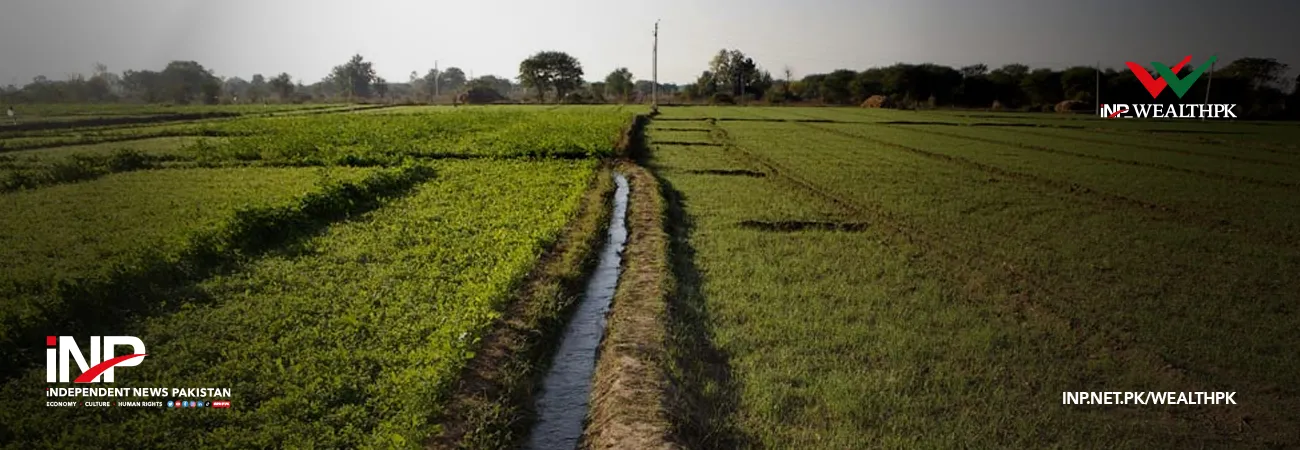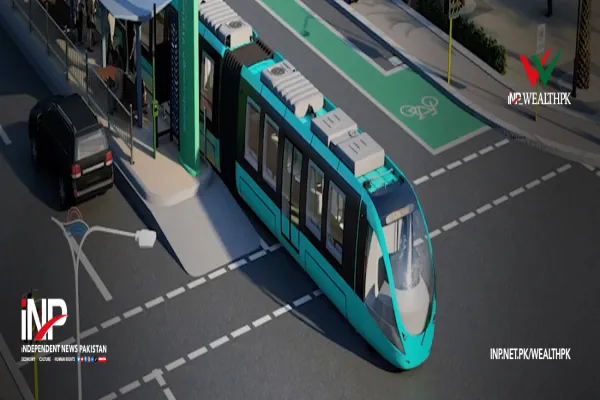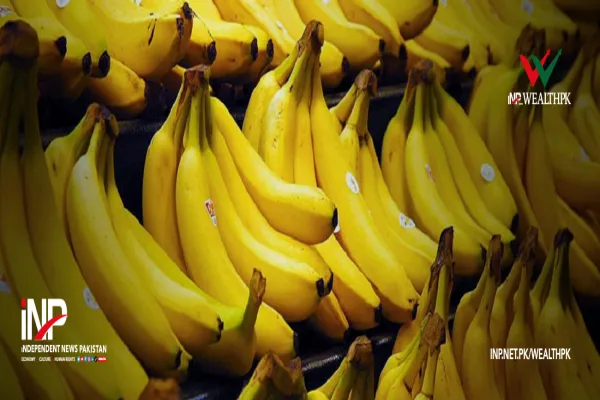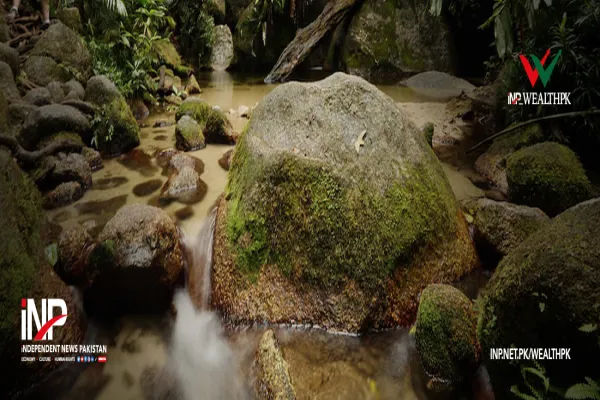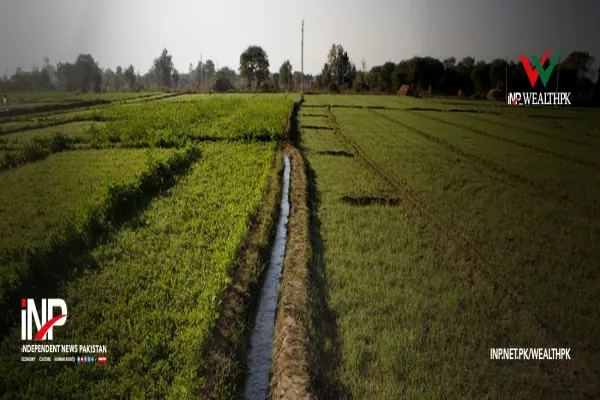i INP-WEALTHPK
Muhammad Luqman
In a bid to combat climate change-induced environmental degradation and land erosion, Punjab’s Forest Department has begun using hydroseeding technology to bring barren lands under vegetative cover. “We have successfully implemented hydroseeding over several acres in Jallo Park near Lahore using specialised machinery to spray a mixture of seeds, water, and nutrients on the ground,” said Abid Gondal, Chief Conservator of the Punjab Forest Department.
Hydroseeding technology, also called hydro mulching, was first developed by an American engineer Maurice Mandel, who discovered that mixing seed and water could be used to efficiently spread mulch along with seeds, fertilizer, water, organic matter, and soil-enhancing ingredients over slopes. However, the first commercial hydroseed was developed by another American, Charlie Finn, several years later.
This technique has gradually gained popularity as an effective and environmentally friendly solution for soil erosion control, land reclamation, and improving green cover. It has been widely adopted across the world, especially in countries like the United States, Canada, Mexico, Germany, France, the United Kingdom, Australia, China, and Japan.
Middle Eastern countries such as Saudi Arabia and the United Arab Emirates have recently benefited from this innovative technology by greening their barren lands. Enumerating the benefits of hydroseeding technology, Punjab’s Chief Conservator Abid Gondal told WealthPK that this promising method has been tested in Pakistan at the government level with the objective of greening barren lands and accelerating environmental restoration.
“There is strong potential for the success of hydroseeding in Pakistan, provided it is implemented on a scientific basis, taking into account local climate, soil composition, and water availability,” Gondal said. This technique is effective in areas where traditional seeding methods fail—such as hilly slopes, barren lands, or regions affected by soil erosion due to rainfall and water flow.
Of Punjab’s total 50.7 million acres, approximately 3.8 million acres are barren or non-agricultural land. Gondal said that in addition to Punjab’s Cholistan and Thal deserts, hydroseeding technology could be successfully used in other arid areas like Thar and Balochistan, as well as in urban projects such as roadside landscaping and new housing schemes.
Hydroseeding experts believe that this technology could be used to rapidly grow grass and various types of plants throughout Punjab, as it is effective in preventing erosion, landscaping, and environmental rehabilitation. However, they acknowledge certain challenges in promoting this technique in Pakistan, including water scarcity, the unavailability of specialised machinery, and lack of trained personnel.
“Rocky or infertile soils may not be suitable for this otherwise successful early growth technology,” said Naseem Butt, a forestry expert. He suggested that providing subsidies for the purchase of specialised machinery required for the hydroseeding process could help promote its use in this region.
He added that greening the lands is crucial to combating environmental degradation, which has troubled countries like Pakistan for decades. “The greener the lands, the greater the chances of reducing environmental pollution, especially smog,” Butt said.
Credit: INP-WealthPk



